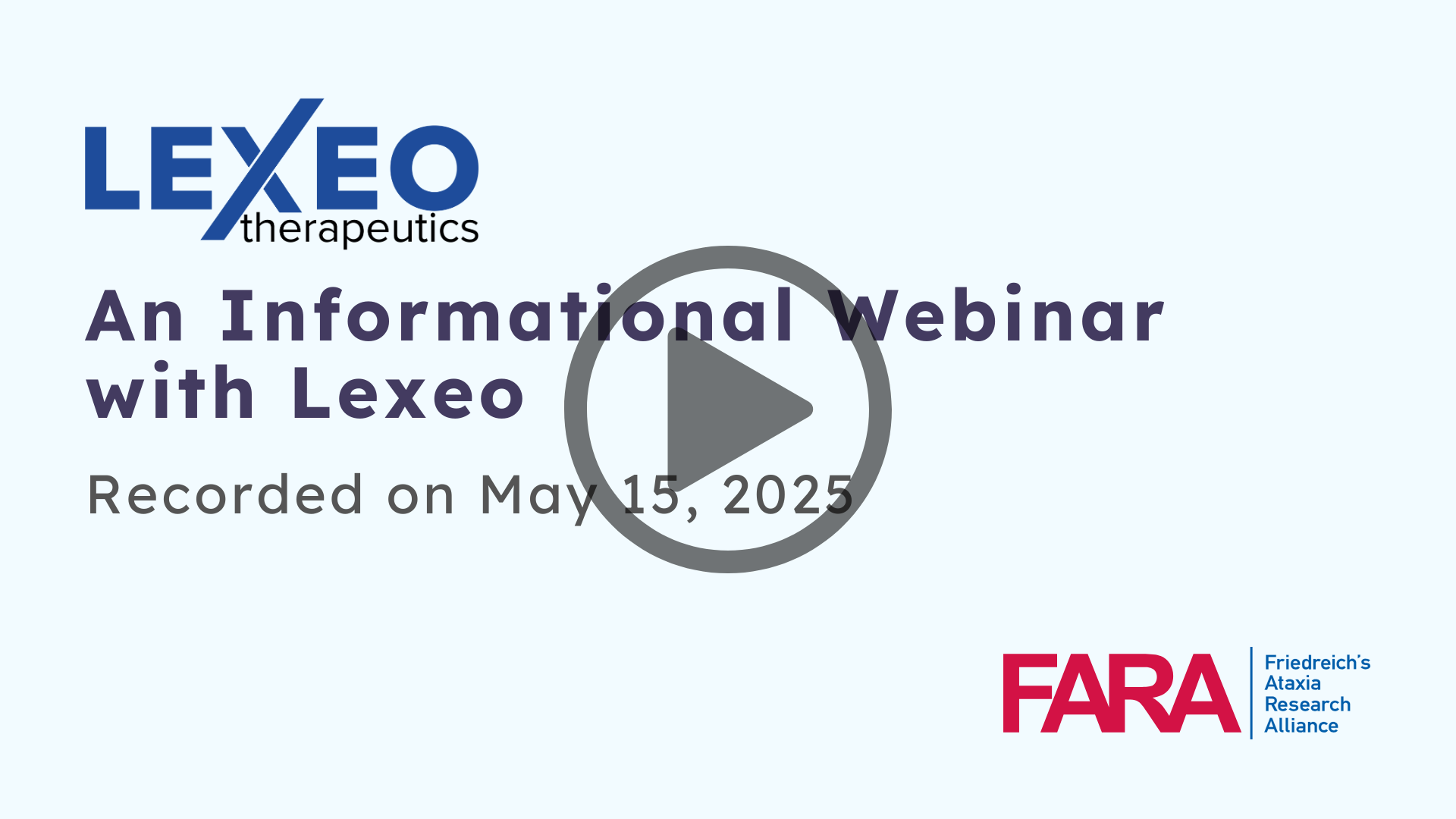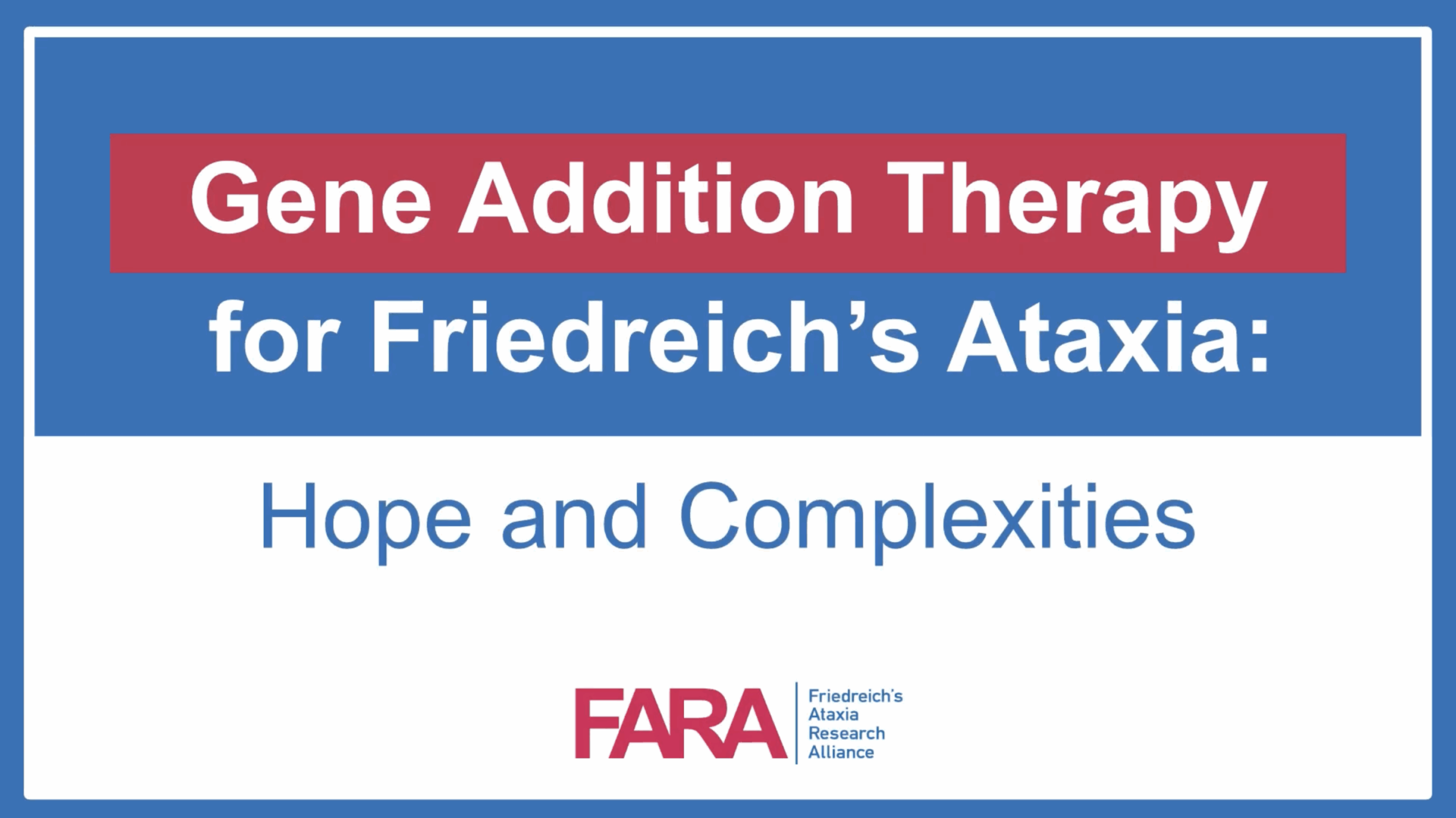June 2021: LEXEO Therapeutics Receives Rare Pediatric Disease Designation and Orphan Drug Designation for LX2006 for the Treatment of Friedreich’s Ataxia
July 2022: LEXEO initiated an open-label, dose-escalation Phase I/II clinical trial of LX2006 in patients with FA cardiomyopathy.
June 2023: Lexeo announced the completion of the first dose cohort and the dosing of the first patient in the second dose cohort in SUNRISE-FA, a Phase I/II clinical trial of LX2006 in patients with Friedreich’s ataxia (FA) cardiomyopathy.
April 2024: Lexeo and Weill Cornell agreed to grant Lexeo a license to current and future clinical data from the Dr. Ron Crystal’s ongoing investigator-initiated Phase IA trial of AAVrh.10hFXN to treat FA cardiomyopathy.
July 2024: Lexeo shared interim clinical data from the SUNRISE-FA Phase 1/2 clinical trial for the treatment of Friedreich ataxia cardiomyopathy (NCT05445323) and the Weill Cornell Medicine investigator-initiated Phase IA trial (NCT05302271) (from 8 participants with > 6-months of follow-up). Among the participants with elevated left ventricular mass index (LVMI) at baseline, mean reduction in LVMI was 11.4% at 12 months (n=4) and 18.3% at 18 months (n=2). They also reported sustained and consistent improvements in other key measures of cardiac status, including left ventricular wall thickness (n=6) and troponin I (n=5), in majority of participants at 12 months. In those in the Lexeo study, an increased post-treatment frataxin expression above baseline was seen in the myocardial biopsies. In addition, LX2006 was well tolerated with no treatment-related serious adverse events to date. The next step for the SUNRISE-FA Phase I/II clinical trial is proceeding to Cohort 3; one participant was dosed in this cohort at the time of the presentation.
March 2025: Following a meeting with the U.S. Food and Drug Administration (FDA), Lexeo reported alignment on elements of the accelerated development pathway including:
- Frataxin expression to be evaluated for any increase from baseline rather than numerical threshold, based on improvements to date in LVMI across participants with abnormal LVMI at baseline.
- Inclusion of pediatric cohorts, both adolescents and children, in planned pivotal study.
- Use of prospective natural history data as external control in planned pivotal study.
- Final dose selection and remaining elements of registrational trial alignment expected in 2025.
The company also plans to provide a mid-year clinical update from the ongoing Phase I SUNRISE-FA and Weill Cornell clinical trials with safety and tolerability data, pre- and post-treatment cardiac frataxin protein expression, and clinical biomarker data for patients with more than 6 months of follow up.
To date, LX2006 has been well tolerated with no new treatment-related serious adverse events reported.
April 2025: Lexeo announced interim data from the Phase I/II study. In all dose cohorts in the SUNRISE-FA phase I/II trial (NCT05445323) and the Weill Cornell Medicine investigator-initiated Phase IA trial (NCT05302271) treatment with LX2006 was associated with clinically significant improvements in cardiac biomarkers and functional measures, and increased frataxin protein expression in all participants with cardiac biopsies. Lexeo has obtained alignment with the FDA on key parameters related to the LX2006 registration study, including co-primary endpoints of LVMI, with a target threshold of >10% improvement at 12 months, and frataxin expression, with a target of any increase from baseline at three months. The registrational study to support accelerated approval, is expected to initiate in early 2026.
July 7, 2025: Lexeo announced that the FA program has received Breakthrough Therapy designation from the FDA for LX2006 based on interim clinical data from Phase I/II trials showing clinically meaningful improvements in cardiac biomarkers and functional measures. The FDA developed Breakthrough Therapy designation to expedite the development and review of drugs that are intended to treat a serious condition when preliminary clinical evidence indicates that the drug may demonstrate substantial improvement over available therapy on a clinically significant endpoint(s).

